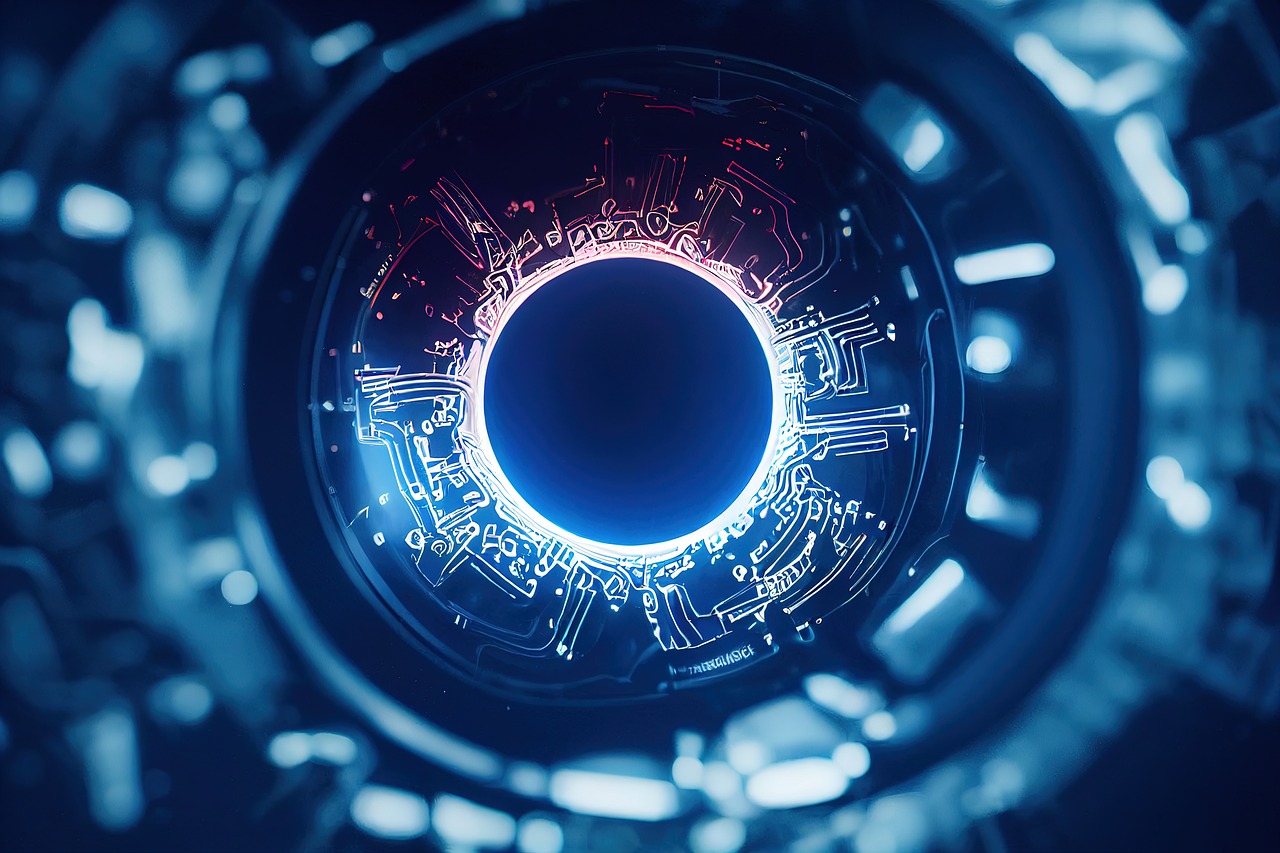Artificial Intelligence (AI) has made remarkable strides in recent years, particularly in how it combines knowledge and creativity to solve problems and generate insights. One of the most exciting developments in this area is the emergence of Retrieval-Augmented Generation (RAG), a method that bridges the gap between static knowledge bases and dynamic language generation. This approach is transforming AI capabilities, creating systems that are smarter, more responsive, and better equipped to handle complex queries.
What is RAG?
Retrieval-Augmented Generation, or RAG, is an advanced AI technique that brings together the strengths of information retrieval and language models. It operates by integrating two components: a retriever and a generator. The retriever searches a database or external knowledge source for relevant information based on a query, while the generator uses that information to produce coherent, contextually accurate responses.
This method offers a major advantage over standalone models that rely solely on pre-trained data. While traditional language models like GPT excel at understanding and generating text, they are limited by the static nature of their training data, which might become outdated or incomplete. RAG addresses this by actively fetching up-to-date or specialized information, enabling it to provide more accurate and relevant answers.
The RAG Pipeline in Action
The RAG pipeline works through a simple yet powerful process:
- Query Understanding: The system processes the input query to understand what information is being requested.
- Information Retrieval: The retriever searches a knowledge base, document repository, or other external source for relevant data.
- Response Generation: The generator combines the retrieved information with its language capabilities to produce a well-formed response.
This synergy allows RAG-based systems to dynamically adapt to new information, making them more versatile than models trained on fixed datasets. For example, a RAG-powered customer service bot could answer product-related questions by consulting the latest inventory records or support documentation in real time.
A New Standard for AI Creativity and Knowledge
RAG’s ability to blend retrieval with generation has unlocked exciting opportunities across industries. In healthcare, it can support professionals by retrieving and summarizing up-to-date medical research. In education, it powers systems that provide personalized learning experiences, pulling material from vast educational resources. For businesses, RAG streamlines decision-making by synthesizing relevant insights from operational data.
The method also shines in creative applications. Writers, researchers, and content creators use RAG-based tools to draft ideas, find inspiration, or fill gaps in knowledge. By combining real-world information with AI’s ability to generate human-like text, RAG empowers users to produce content that is both factual and imaginative.
Addressing Challenges with Precision
While RAG brings immense potential, it also requires careful implementation to ensure accuracy and reliability. The quality of responses depends on the retriever’s ability to fetch relevant data and the generator’s capability to interpret it correctly. Developers must fine-tune these systems to avoid errors such as irrelevant retrievals or misinterpreted information.
Fortunately, advancements in machine learning algorithms and the availability of vast, structured datasets have improved RAG’s effectiveness. Incorporating feedback loops, where the system learns from user input, further enhances its performance over time.
The Path Ahead
As AI continues to evolve, RAG is set to play an even greater role in shaping how machines interact with knowledge and creativity. Future developments may focus on expanding the scope of retrievable data, improving retrieval accuracy, and refining generative capabilities. Hybrid approaches that incorporate multimodal data—such as text, images, and videos—are also on the horizon, promising richer and more interactive AI experiences.
The versatility of RAG offers endless possibilities, enabling AI to not only provide answers but also inspire new ideas and discoveries. Its ability to balance factual precision with creative output marks a pivotal moment in the advancement of artificial intelligence. By blending the strengths of knowledge and innovation, RAG is setting the stage for a smarter, more creative future.




Leave A Comment